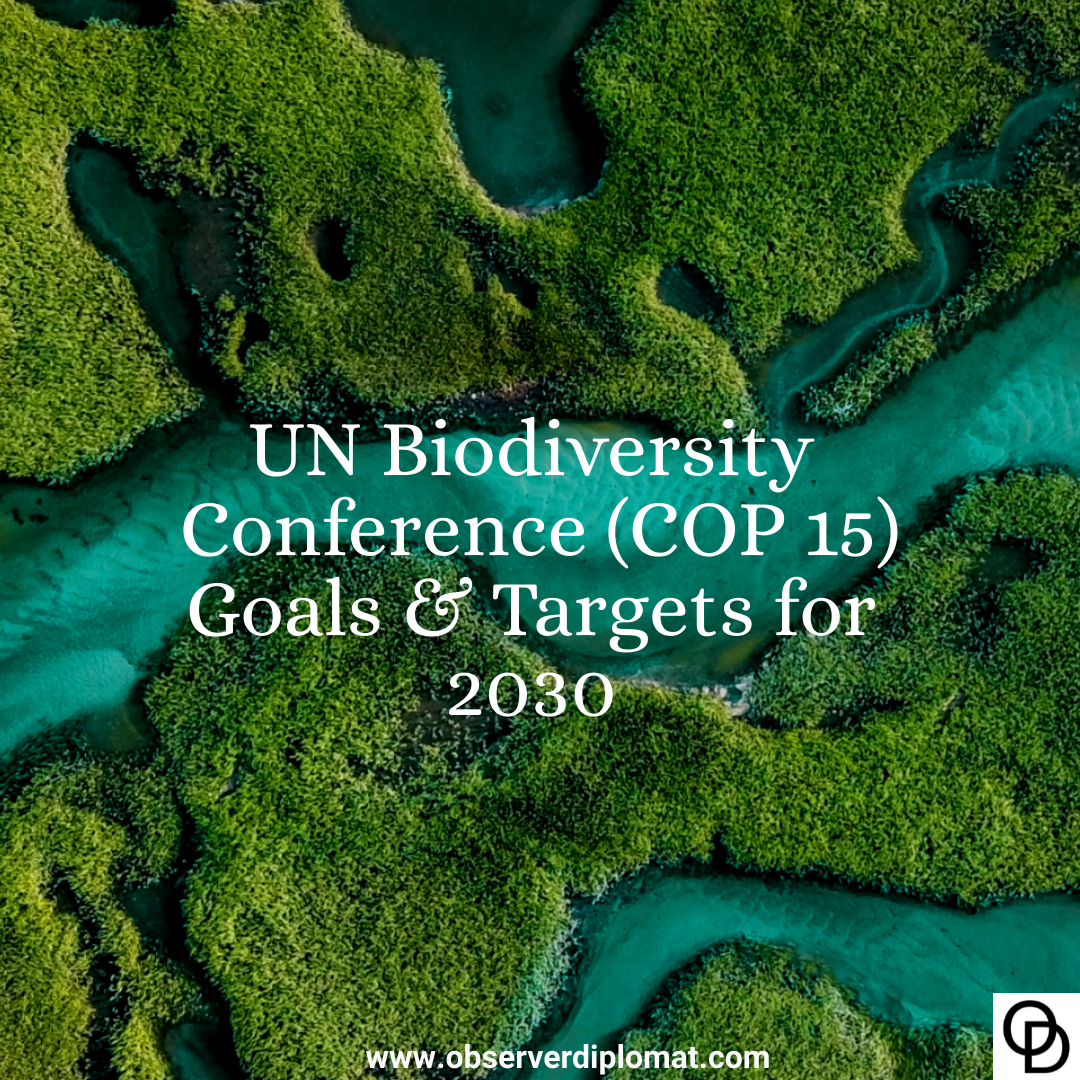The “Kunming-Montreal Global Biodiversity Framework” (GBF), which includes four goals and 23 targets for accomplishment by 2030, was adopted at the 15th Conference of Parties to the UN Convention on Biological Diversity, which was convened under UN auspices, presided over by China, and hosted by Canada. Although, the historic Kunming-Montreal Global Biodiversity Framework for nature, signed by 195 nations at the UN Biodiversity Conference COP15, aspires to repair 30% of the world’s degraded ecosystems (on land and at sea) by 2030. The framework includes global objectives and targets that are meant to promote investments in a green global economy while also preserving and restoring nature for present and future generations.
However, The Kunming-Montreal agreement will mobilise financing for biodiversity from all sources — $200 billion per year by 2030. It commits the global community to actions to protect and restore nature and remove pollution. The agreement aims to conserve and manage 30 per cent of areas (terrestrial, inland water, and coastal and marine) by 2030; stop the extinction of known species, and 2050 reduce tenfold the extinction risk and rate of all species. The EU has signed a global deal aimed at eliminating subsidies harmful to biodiversity, with the commitment to identify by 2025 and eliminate by 2030 a total of at least $500 billion per year. The framework also aims to sustainably manage areas under agriculture, aquaculture, fisheries, and forestry, and substantially increase agroecology and other biodiversity-friendly practices; tackle climate change through nature-based solutions.















